Taking a divot with irons is a crucial part of executing a solid golf shot, yet many golfers struggle with this aspect of their game. The ability to take a divot indicates that you are striking the ball correctly, compressing it against the turf for optimal launch and spin. However, failing to take a divot can lead to inconsistent ball contact, loss of distance, and less control over your shots.
In this discussion, we will delve into the common reasons why you might be struggling to take a divot with your irons. We’ll explore issues related to your setup, swing mechanics, and equipment, providing practical tips and drills to help you make the necessary adjustments. Understanding these factors and how to address them can significantly improve your iron play and overall golf performance.
Understanding the Basics
What is a Divot?
A divot refers to the chunk of grass and ground that is displaced when a golfer makes contact with the ball and the ground simultaneously during a swing. It is typically seen after the ball has been struck and is an integral part of effective iron play. Taking a divot indicates that the club has hit the ball at a descending angle, maximizing backspin and control.
The Importance of Taking a Divot
Taking a proper divot is crucial for distance control, spin regulation, and trajectory of your shots. When achieved correctly, it guarantees a fuller, more efficient strike. A divot’s absence or improper execution can lead to suboptimal outcomes, compromising the consistency and accuracy of your shots.
Common Reasons for Not Taking a Divot
Incorrect Swing Mechanics
Swing mechanics significantly impact whether you take a divot or not. One major factor is the club’s swing path; a sweeping motion often results in minimal ground contact. Analyze your swing to ensure that you’re striking down on the ball rather than brushing it. A descending attack angle will bolster divot-taking success.
Poor Body Alignment
Your body alignment plays a crucial role in consistent iron play. Misalignment, such as open or closed stances, can alter your swing path. When your body’s orientation is off, it disrupts the arc of your swing, often leading to mis-hit shots. Ensuring your shoulders, hips, and feet are aligned with your target is paramount.
Wrong Ball Position
Incorrect ball positioning can seriously hinder your ability to take a divot. Placing the ball too far forward in your stance can cause thin shots, while a ball positioned too far back can lead to fat shots. Iron shots typically require the ball to be positioned slightly forward of the midline, promoting a downward strike.

Techniques to Master Taking Divots
Perfecting Swing Path
A correct swing path is essential for creating clean contact and taking a divot. Focus on achieving a steeper angle of attack when striking the ball. Practice drills that emphasize a downward strike to help impart the necessary backspin and let the clubhead descend fully through impact.
Ensuring Proper Body Alignment
Regularly checking your alignment is critical. Utilize alignment sticks during practice sessions to monitor and adjust your stance and body positioning. These visual aids help ensure your shoulders, hips, and feet remain parallel to your intended line, helping to guide a consistent swing path.
Optimizing Ball Position
Mastering the art of ball positioning is vital for consistent iron play. Experiment on the range by gradually adjusting the ball’s position within your stance. Determine the optimal position for your irons, which generally lies slightly forward of center for smoothing out divots and improving shot quality.
Equipment Considerations
Choosing the Right Irons
The type of irons you’re using can impact your ability to take a divot. Different clubs have varied sole designs, affecting interaction with the turf. Consider the sole width and bounce of your irons, as they can significantly influence your swing mechanics and your ability to control divots.
Grip Evaluation
Your grip can affect club control and angle during your swing. Ensure that you have a firm and balanced grip that allows you to manage the clubface’s position through impact. A faulty grip can lead to inconsistent strikes and impact your ability to take a divot adequately.

Practice Drills for Improvement
Hitting Turf Before the Ball Drill
Place a towel a few inches behind the ball and focus on hitting the ball without making contact with the towel. This drill reinforces a downward attack angle, helping you to make clean contact with the ball first, before taking a divot.
Alignment Stick Drill
Position an alignment stick in the ground along your target line while ensuring your feet, hips, and shoulders are aligned parallel to it. This drill assists in refining body alignment, facilitating a more consistent swing and divot-taking ability.
Divot Pattern Examination
After practicing, examine the pattern and depth of your divots. Consistent divot patterns indicate solid strikes, while irregular divots suggest inconsistencies in swing mechanics or alignment. Make necessary adjustments based on your observations.
Analyzing Professional Golf Techniques
Studying Tour Players
Watching professional golfers can provide invaluable insight into effective iron play. Pay attention to their stance, swing paths, and follow-through movements. Note the consistency of their divot patterns and attempt to emulate their balanced approach in your practice sessions.
Professional Swing Breakdown
Examine slow-motion videos of professional swings. Analyze the moment of impact, focusing on how the clubface interacts with the ball and turf. Understanding these nuances can offer new perspectives on improving your technique.

Common Misconceptions
Bigger Divots Equal Better Shots
A common misconception among golfers is that larger divots indicate superior shots. However, oversize divots can actually signify flawed technique, often resulting in loss of control. Aim for shallow, consistent divots that suggest precision and accuracy.
Only Strong Players Can Take Divots
Some believe that only players with significant strength can effectively take divots. In truth, divot-taking relies more on technique and swing mechanics than raw power. Focusing on alignment, swing path, and proper weight transfer can aid players of all strength levels.
The Role of Mental Focus
Visualization Techniques
Mental visualization can boost performance and consistency in divot-taking. Picturing the engagement between the club, ball, and ground during the swing helps reinforce successful outcomes. This practice sharpens focus and fosters confidence.
Staying Relaxed Under Pressure
A tense approach can derail your technique, affecting swing fluidity and consistency. Maintain a relaxed posture and focus on a smooth swing rhythm to improve accuracy and divot-taking ability. Relaxation aids in a more natural and effective execution of shots.
Understanding Turf Interaction
Types of Turf and Their Impact
Different types of turf can influence the ease of taking a divot. Softer turfs might produce more pronounced divots, while hard-packed grounds may prove challenging. Familiarize yourself with various course conditions to adjust your technique accordingly.
Reading the Ground
Assessing the ground conditions before your shot can provide clues to amend your technique. Pay attention to turf moisture and texture, guiding your swing adjustments for optimal divot-taking performance without disrupting ground integrity.
Building Consistency in Iron Play
Developing Muscle Memory
Frequent practice and repetition foster muscle memory, ingraining effective swing mechanics. Over time, consistent practice converts these techniques into automatic responses, ensuring reliable and consistent divot-taking with every shot.
Setting Realistic Goals
Establishing achievable targets in your practice sessions aids incremental improvement. Set specific objectives related to divot-taking, such as consistency and depth, to monitor and advance your progress effectively.
Conclusion
Understanding why taking a divot with your irons has proven elusive requires an exploration of various factors—including swing mechanics, alignment, equipment, and mindset. By dissecting these elements and incorporating practical drills, you can improve your game and create better outcomes on the golf course. Remember, consistently taking a divot is indicative of superior shot-making, offering tangible insight into your progress as a golfer.

Ed Baucom is a passionate and dedicated golfer with years of experience both on and off the course. Known for his insightfulness and attention to detail, Ed brings a wealth of knowledge to the golfing community, particularly through his reviews for Golf Aid Advisor. His expertise in evaluating golfing equipment, training aids, and techniques has made him a trusted voice for golfers seeking to improve their game. Whether testing the latest clubs or offering advice on swing mechanics, Ed’s thoughtful and practical assessments help players of all skill levels enhance their performance.

